Sportsmen’s Alliance Petitions Washington Gov. Ferguson for Removal of Four Fish and Wildlife Commissioners
Petition cites evidence of corruption, secret meetings and exclusion of tribes and other groups from public meetings
Today, May 16, 2025, the Sportsmen’s Alliance Foundation (SAF) filed a petition with Gov. Ferguson asking for the removal of Washington Fish and Wildlife Commissioners Barbara Baker, Lorna Smith, Melanie Rowland, and John Lehmkuhl after evidence of corruption and bad practices was uncovered by the organization in its lawsuit to force disclosure of internal communications.
“We thought the evidence of corruption might be bad, but the mountain of evidence we’ve uncovered is like nothing we’ve seen before,” said Evan Heusinkveld, President & CEO of the Sportsmen’s Alliance. “This is bad government on steroids. Secret meetings, exclusion of tribes and others from public meetings, an obvious and open contempt for the public, and a total disregard of the law – it’s all there, and it’s obvious that this is simply the way these four commissioners do business. We are hopeful the governor stands up for the good people of Washington and shuts this down.”
Governor Ferguson has the full authority to remove Fish and Wildlife Commissioners for cause, and the SAF petition is replete with examples of behaviors that call for the governor to exercise this authority and put an end to these ongoing abuses. The petition also references a multitude of other documents the organization has that illustrate additional examples of how deep this corruption goes with these commissioners. Read more


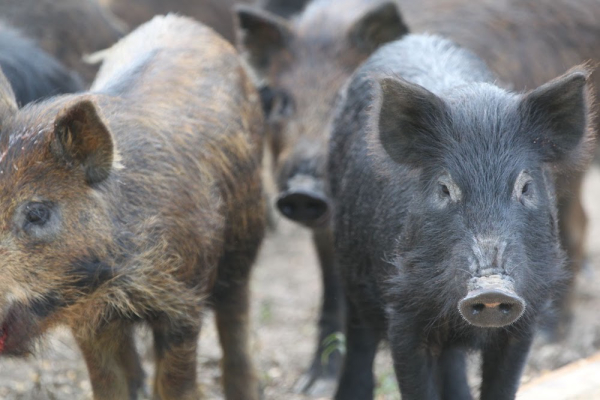
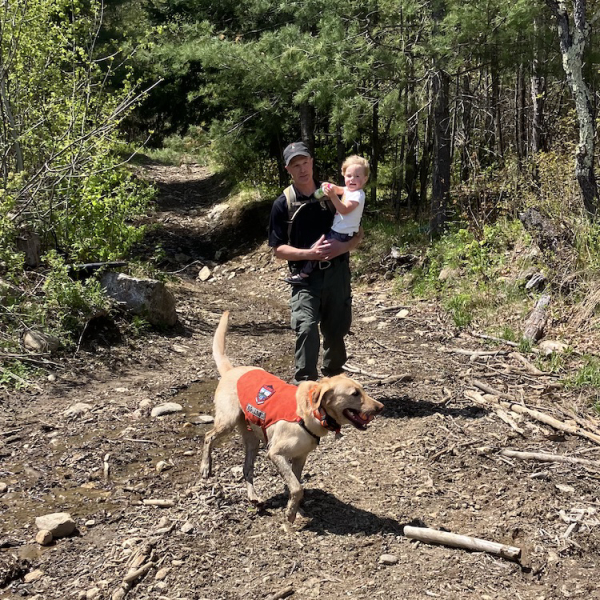
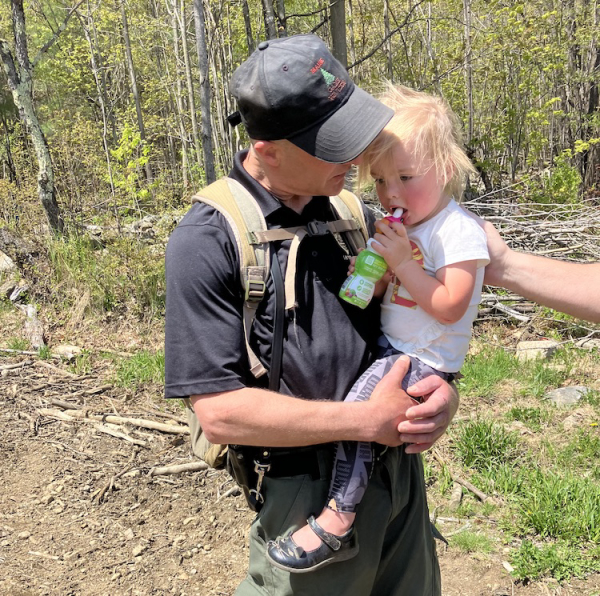


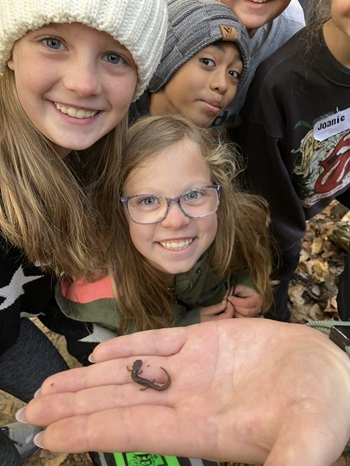
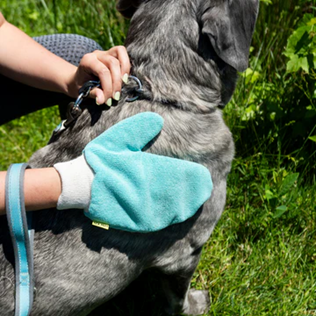

 Late spring and early summer are times when turtles are moving en masse across the landscape. The females are actively looking for nesting sites, and males also just kind of wander this time of year, moving between the lakes, ponds and streams they call home.
Late spring and early summer are times when turtles are moving en masse across the landscape. The females are actively looking for nesting sites, and males also just kind of wander this time of year, moving between the lakes, ponds and streams they call home.